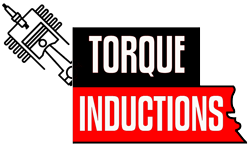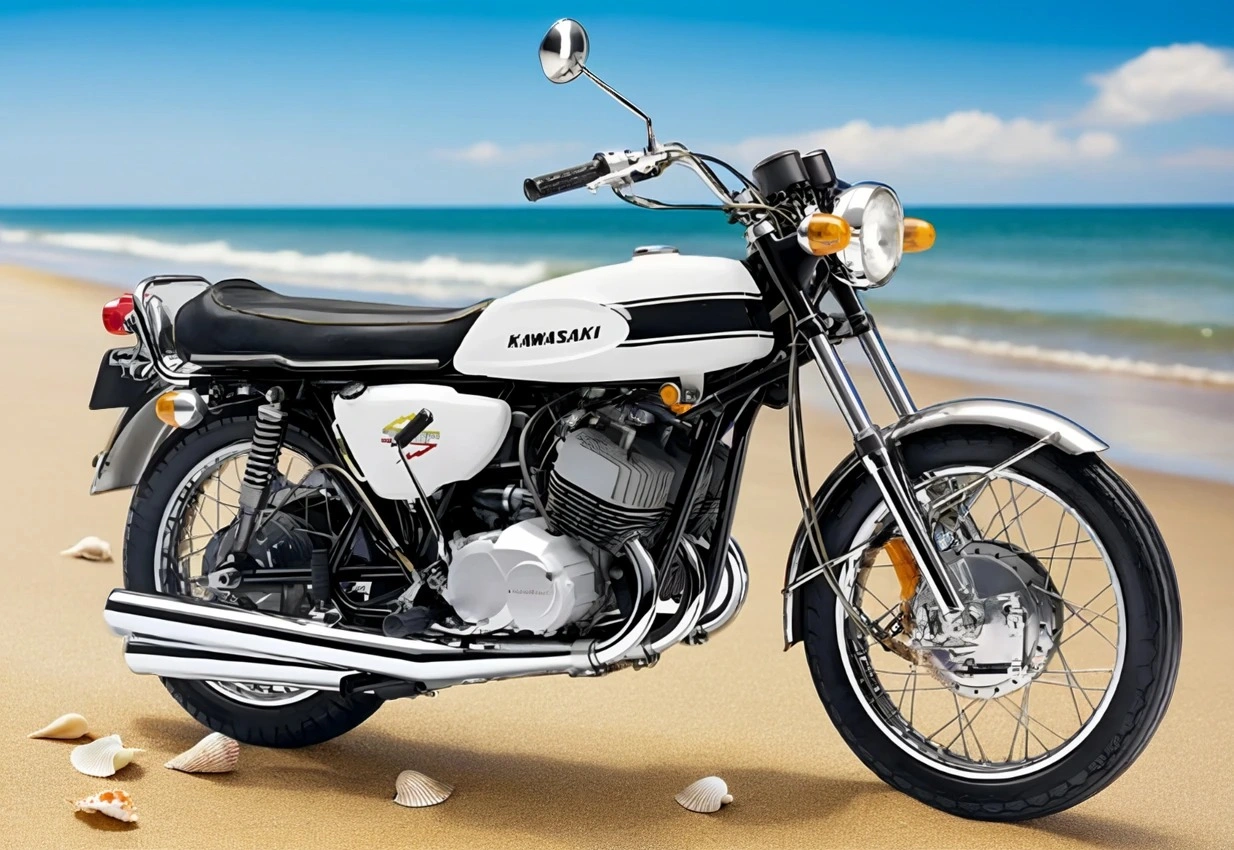- Posted on
- • Classic
Kawasaki H1 Mach III: Taming the Original Widow Maker Today
- Author
-
-

- User
- Torque
- Posts by this author
- Posts by this author
-

A Biker’s Guide to Kawasaki H1 Mach III Maintenance
The Kawasaki H1 Mach III, with its sleek lines, three exhaust pipes snaking out like a dare, and that two-stroke smell hitting you square in the chest—it’s begging you to hop on. I was just a kid then, man, but I remember drooling over this bike like it was the key to every dream I ever had. This wasn’t just a motorcycle; it was Kawasaki tossing a Molotov cocktail into the biking world, saying, “You want wild? Here’s wild, buddy.” And holy hell, did it deliver.
The H1 Mach III is a legend, a two-stroke triple that still gets my pulse racing. We’re talking history soaked in racing vibes, tech that was bonkers for its day, a ride that’s pure adrenaline, and a collector buzz that’s got guys like me losing sleep. So, grab a seat by the fire—or a cup of chai if that’s your deal—and let’s chew the fat about why this beast still kicks ass in 2025.
A Slice of GP History on the Street
Test Your Motorcycle Knowledge
So, where’d this monster come from? Late ‘60s, the motorcycle scene was heating up. Riders, especially in the States, were itching for more grunt, more speed, and Kawasaki was all ears. They had their 650cc four-stroke W series, solid but tame. Then Honda dropped the CB450, Suzuki was cooking up the T500 Titan, and Kawasaki said, “Nah, we’re going bigger.” Cue the N100 Plan in 1967—a hush-hush mission to build the gnarliest production bike engine ever. A 500cc two-stroke triple pumping out 60 hp, ripping the quarter-mile in under 13 seconds? That was the dream, man.
The H1 Mach III roared onto the scene in ’69, and it was a gut punch. Fast? Try terrifying. Kawasaki bragged about 118 mph and a 12.2-second quarter-mile—quicker than most cars back then. It was a hit with young bucks who wanted a taste of GP glory on the street. But it wasn’t all smooth sailing. This thing could wheelie at the drop of a hat, and the handling? Sketchy enough to earn it “The Widowmaker” tag. By ’76, emissions laws and four-stroke fever killed it off. Still, its legend stuck around.
They fiddled with it over time—H1A, H1B, KH500, you name it. The U.S. got the H1, while other spots saw tweaked versions. Wherever it landed, though, it was the bike that made you feel alive—and maybe a little nervous.
Tech Specs: A Two-Stroke Triple Monster
Time to get our hands dirty, buddy. The Kawasaki H1 Mach III packs a 499cc, air-cooled, two-stroke triple engine. Three cylinders, each with its own carb, exhaust, and a crankshaft offset at 120 degrees for balance. Sounds sweet, right? Well, that wide crank also makes it shake like a pissed-off rattlesnake at high RPMs—your hands and ass will feel it, trust me.
Fuel gets shoved in via three 28mm Mikuni carbs, one per cylinder, with piston-port induction—old-school but badass. Kawasaki swore it hit 60 hp, though real tests pegged it closer to 50-55. Still, on a bike tipping the scales at 384 pounds dry, that’s plenty to wake you up. The frame’s a steel double-cradle—nothing fancy, just light and tough. Suspension’s basic: telescopic forks up front, twin shocks out back. Brakes? Drums front and rear—okay for ’69, but you’ll be squeezing hard. Later models got a front disc, and thank God for that.
Quirks? Hell yeah. The five-speed gearbox has neutral below first—mess that up at a light, and you’re cursing. The CDI ignition was cutting-edge but temperamental early on; by ’73, they’d ironed it out. Oil injection’s a lifesaver—no premixing—but those three pipes? Sexy as hell, until you’re scrubbing carbon off ‘em at 2 a.m.
Riding the H1: A Two-Stroke Symphony
Now, let’s talk about swinging a leg over this beast. First thing you notice? The sound. That triple two-stroke scream is like a chainsaw with attitude—pure music, man! Then there’s the smell—that oily, sweet two-stroke tang. Ever caught a whiff of that? If you have, you’re grinning right now. If not, you’re missing out.
Crack the throttle, and it doesn’t just go—it lunges like it’s possessed. But the powerband’s a tease. Below 5,000 RPM, it’s chill, almost lazy. Hit 6,000, though, and boom—it’s like flipping a switch. You’re gripping tight, laughing like a maniac as it rockets ahead. Wheelies? Oh, this thing loves ‘em—twist too hard, and the front end’s skyward.
Handling’s a gamble. The frame’s got some flex, and the suspension’s mushy compared to today’s stuff. On twisties, you’ve gotta plan ahead—it ain’t no nimble kitten. And those drum brakes? Pump ‘em hard and hope for the best. Later disc models help, but don’t kid yourself—it’s no modern stopper.
Maintenance keeps it real. Carbs need syncing, plugs crap out fast, and those pipes will have you swearing over a beer. But when it’s dialed in, that raw, untamed rush? Worth every damn minute. I’ve spent nights in the garage, wrench in hand, muttering when it wouldn’t idle. Then you ride it, feel that triple punch, and it’s all good, buddy.

Kawasaki H1 Mach III Maintenance: Taming the Beast
Alright, let’s dive into keeping this wild child alive in 2025. If you’re tackling Kawasaki H1 Mach III maintenance, you better enjoy the grind. Those three Mikunis? Sync ‘em perfect, or you’re chasing ghosts—idle issues will drive you nuts. I’ve lost hours to this bike, but when it purrs, it’s gold.
Ignition’s next. Early CDIs were flaky, but later ones hold up—check the stator and pickups, though, ‘cause they can get moody. The oil injection’s a blessing when it works; if it doesn’t, you’re tearing down the engine. Been there, hated that.
Modernizing it? Brakes first—swap that front drum for a disc if you can. Huge difference. Suspension’s soft, so Hagon shocks out back and some ATF in the forks tighten it up. Tires? Ditch the ancient rubber for modern Continentals—grip saves lives. Parts are scarce, but hit up [TwoStrokeNuts.com] for leads. Carbs run $200, pipes $500, and a decent rider? $5,000 easy. That’s the cost of keeping history kicking.
Collector Craze: Why We Lose Our Minds Over It
Why’s the H1 such hot stuff today? Rarity, man—it’s like finding a unicorn with a bad attitude. Kawasaki didn’t churn out millions, and plenty got trashed or chopped up. A clean one’s a treasure. Price? $5,000-$10,000 for a runner, way more if it’s mint. But it’s deeper than dollars.
This bike’s a time machine—back to when two-strokes were king and builders took risks. For me, it’s those kid days, posters on my wall, dreaming of tearing up the road. Owning one’s like grabbing that dream by the throat. There’s a whole crew out there—clubs, forums, meets. It’s a tribe, buddy.
Culturally? It’s pure ‘60s-‘70s rebellion. The H1 was the bike your mom freaked out about, and that’s why it’s gold.
Why I’m Nuts About the Kawasaki H1 Mach III
Look, the H1’s a mess sometimes. It vibrates like hell, handles like a drunk bull, and keeping it running’s a damn saga. But that’s why I’m hooked. It’s real, raw, and takes me back to when bikes had soul, not screens. That triple howl, that smoky smell—it’s my childhood in a throttle twist.
In a world of quiet, perfect rides, this thing says, “Screw that.” It’s loud, messy, and proud. Kawasaki built a street-legal racer, flaws and all, and it earned its stripes. If you get a chance to ride one, do it—feel that kick, breathe that smoke, let it drag you back to when two-strokes ruled. Me? I’m still chasing one, tinkering on my junk, dreaming of that growl. One day, huh?
